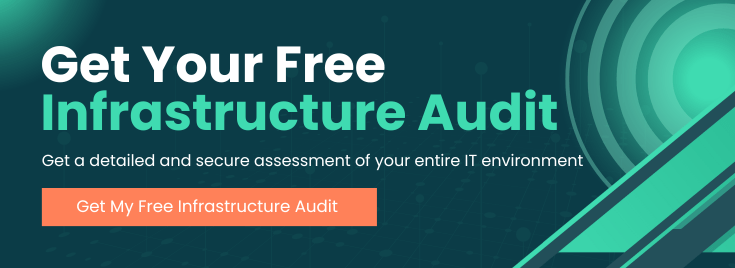Cloud storage has been the mainstay for business data management for more than a decade, offering important advantages for organisations seeking a reliable and secure off-net solution to their data needs. However, the problem of latency cannot be ignored, particularly as the burgeoning Internet of Things (IoT) means more devices than ever are connecting to cloud networks. HPE Edge-to-Cloud solutions offer a potential solution, combining the advantages of cloud computing with the benefits of local network interfaces.
In this article, we will consider the differences between edge solutions and traditional cloud storage and explore how a hybrid HPE Edge-to-Cloud strategy could benefit your business.

 Image Source: Canva
Image Source: Canva
The Advantages Of Cloud Computing
Cloud computing delivers a dynamic spectrum of scalable IT capabilities that can be easily adapted to meet evolving demands. Its key advantage lies in providing businesses with an agile infrastructure without the burden of hefty initial investments. The flexibility of cloud computing extends to pricing models, too, allowing businesses to achieve optimum cost efficiency by precisely tailor resources to their requirements. Also, cloud computing revolutionises IT management, streamlining operations through centralised control and automated processes. Data redundancy safeguards data integrity and continuity, even when unexpected system failures or disruptions occur. Coupled with the elasticity of cloud computing, data redundancy provides a robust foundation for reliable operations, seamlessly accommodating fluctuations in workload and protecting businesses against the worst-case scenario.
The Benefits Of Edge Computing
At the core of edge computing is its ability to reduce latency and ensure data sovereignty. Because analysis occurs where data is created, faster response times are inevitable, so data is more actionable and relevant. WAN traffic loads are also lower, so overall performance will be enhanced. The proximity of the edge to data origins makes edge computing an indispensable option for applications that demand rapid data processing and for regions with limited internet access. However, the benefits of edge computing extend beyond latency reduction and data sovereignty: cost efficiency, heightened model accuracy, extended reach to remote locations, and adherence to stringent data laws via localised processing underscore the advantages of adopting edge computing over cloud-based solutions.Choosing Between Edge And Cloud Solutions: Strategic Workload Deployment
Strategic workload deployment is a critical factor when choosing between edge and cloud computing solutions. Real-time data processing, for example, achieves better performance in the edge computing domain, whereas the cloud infrastructure is suited to non-time-sensitive tasks, such as big data analytics or team collaboration. A conceptual shift towards a hybrid model, which harmonises both on-premises edge and cloud resources, is a pragmatic approach that is being championed by leading IT professionals and organisations. This model strikes a better balance between performance, security, and scalability by utilising edge computing’s speed with and the cloud’s potential for expansion. By strategically allocating workloads in the most appropriate way, a hybrid approach optimises operational efficiency and augments adaptability to dynamic computing demands.Find Out More
If you are ready to embrace the potential of your business’s data, talk to the experts at Nexstor to find out more about our HPE Edge-to-Cloud solutions. Image Source: Canva
Image Source: Canva 
